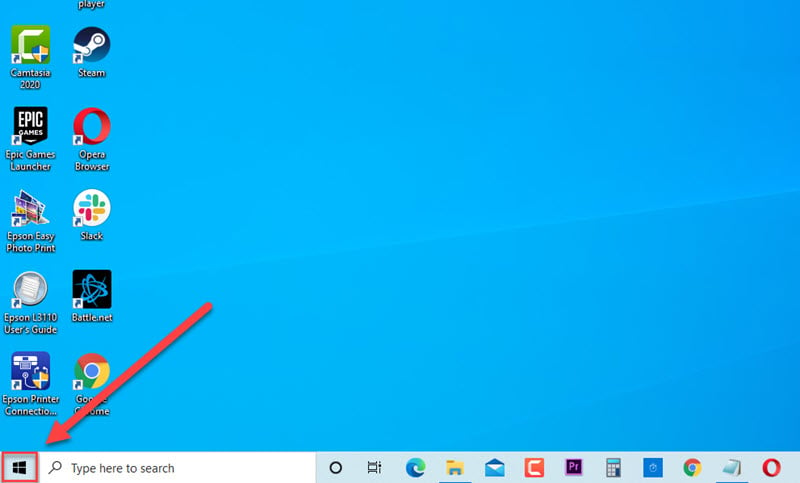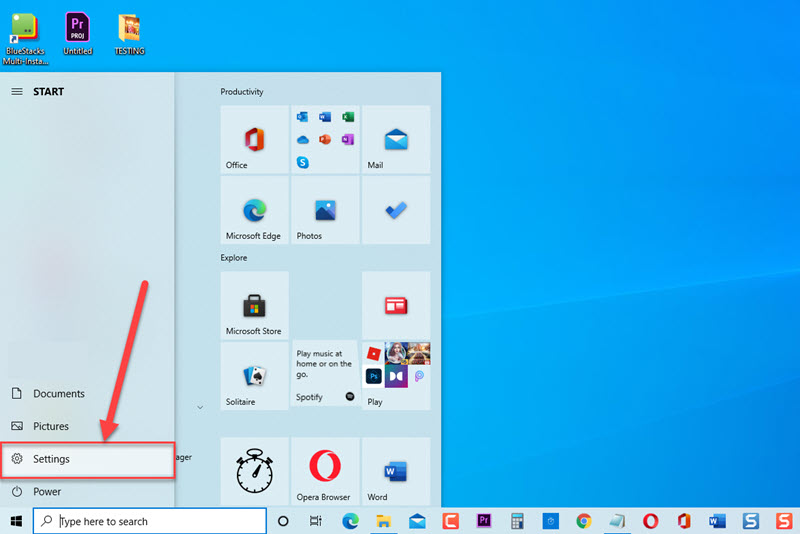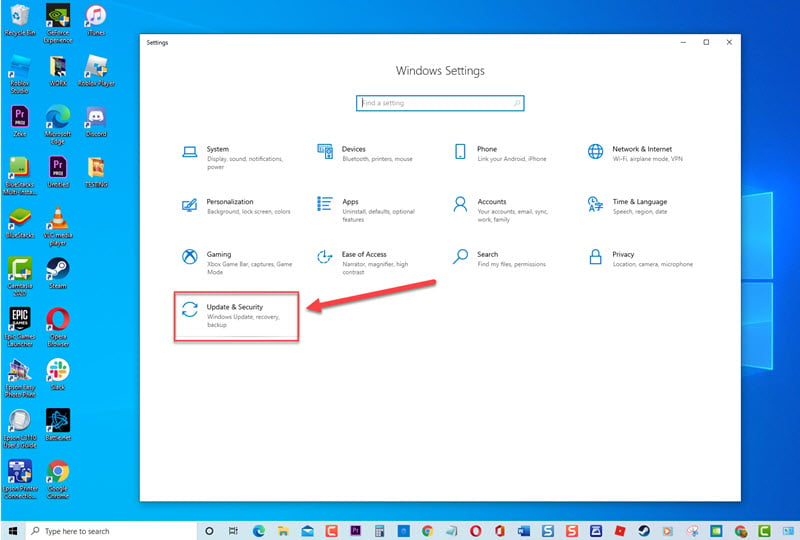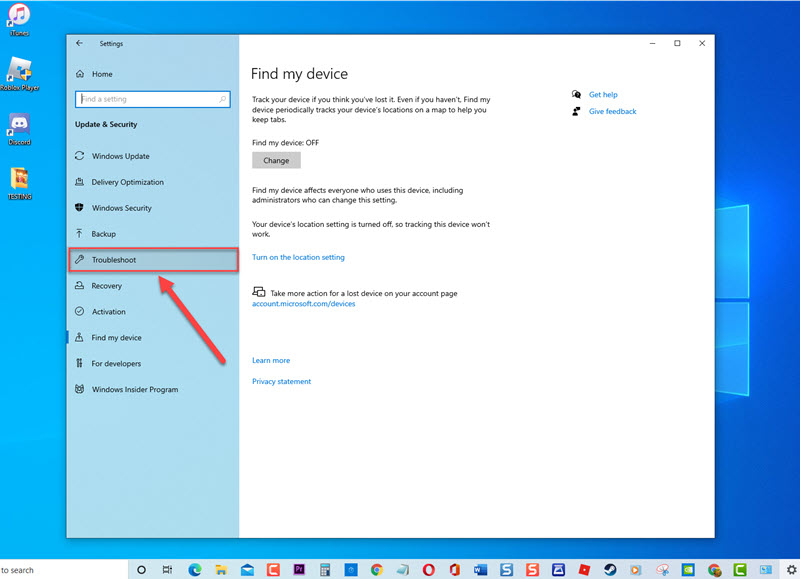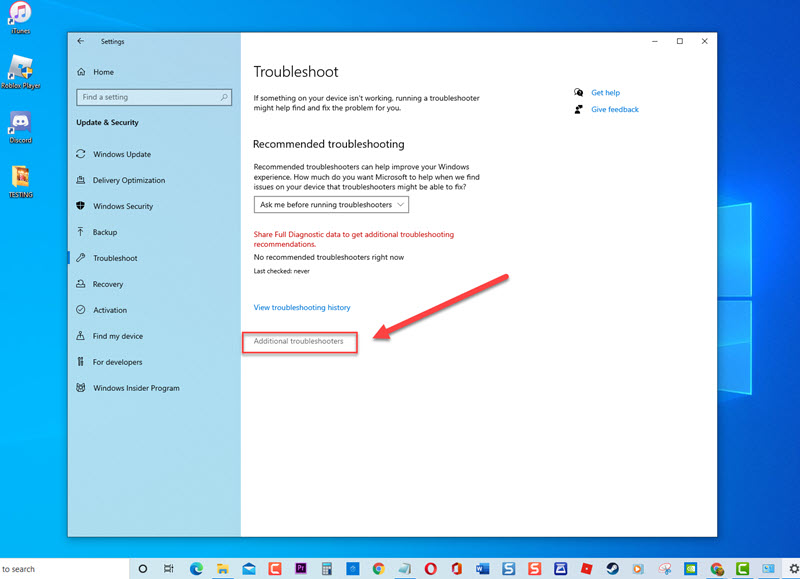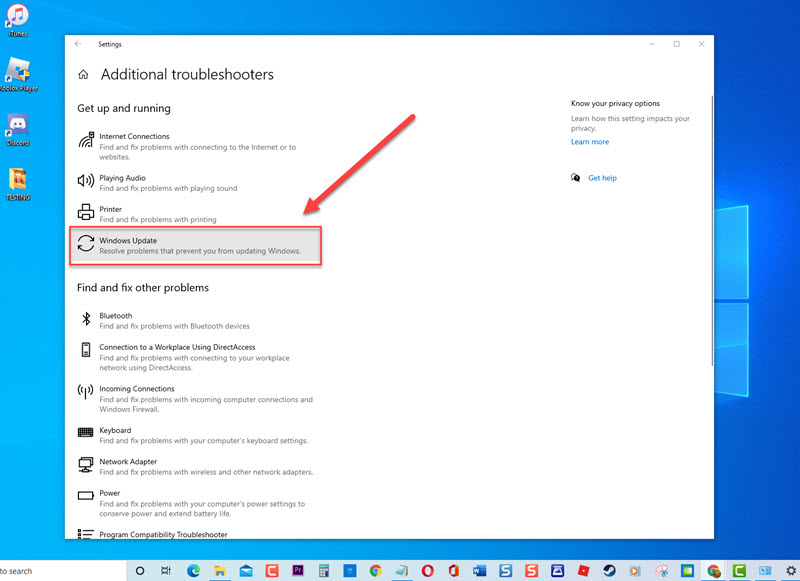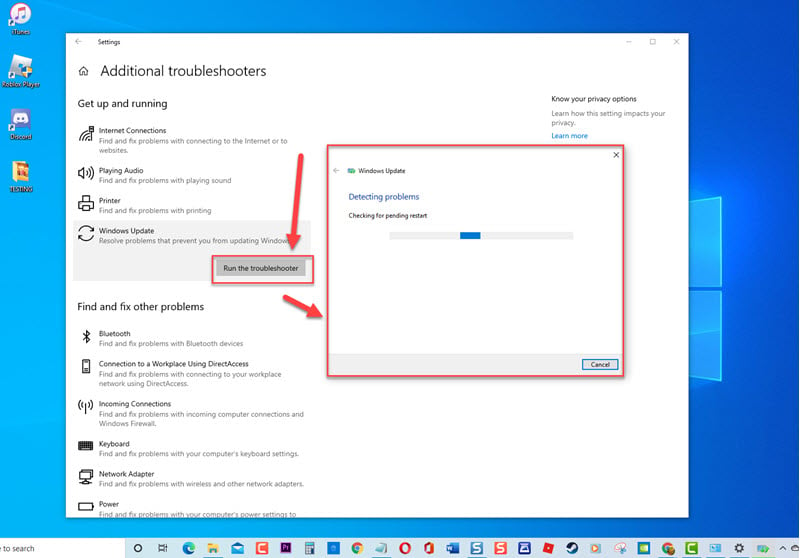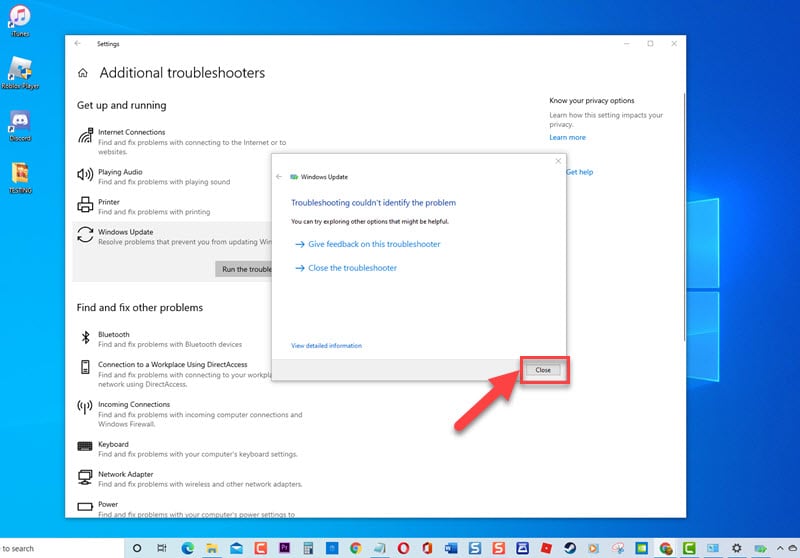How To Fix Windows Update Error 8007000E On Windows 10
Updating Windows is recommended for Windows operating system to have the latest features and enhanced security enhancements. Although updating Windows is a simple and easy process, there are instances when certain issues can occur such as Windows Update Error 8007000E. The error codes usually occurs when a new build of Windows is updating and it is just one of the many errors that can occur when updating, it can either be error in downloading or errors in installing Windows update. In this latest installment of our troubleshooting series, we will talk about the recommended solutions that you can try to fix Windows Update Error 8007000E On Windows 10.
Fix Windows Update Error 8007000E On Windows 10
There are several factors that can cause Windows update error 8007000E to occur such as a corrupt or missing Update file to conflicts with Third party antivirus. Listed below are the troubleshooting solutions that you can do to fix Windows Update Error 8007000E on Windows 10.
But before performing any of the recommended solutions below, its best to restart your computer first. This action refreshes the computer and removes any corrupt temporary data that may be causing error code on Windows update.
Solution 1: Run Windows Update Troubleshooter
The very first thing that you need to do when experiencing windows update related issues is to run Windows Update troubleshooter. Troubleshoot is a built-in tool on Windows that scans the computer for problems and fixes the problems if there are any found.
To do this:
- Press Windows or Start Button.

- Click Settings, an icon that looks like a gear. This will open the Windows settings.

- Click Update and Security

- Click Troubleshoot at left pane.

- At right pane, click Additional Troubleshooter

- Under Get up and running, click Windows Update

- Click Run the Troubleshooter, windows will now search for and detect problems.

- After Windows Update troubleshooter is complete and it could not identify any problem, click Close to exit.

Check if Windows update error code 8007000E on Windows 10 still occurs.
Solution 2: Temporarily Disable Antivirus software
There are instances where antivirus or third party security program can cause conflicts with installing and or downloading Windows update. To fix the issue, try to temporarily disable antivirus program.
For Windows Security
- Click on the Start menu – Settings > Update & Security – Windows Security – Virus & threat protection > Manage settings
- Switch Real-time protection to OFF.
For Avast
- Search for the Avast icon in your computer’s system tray and double click on it.
- Click on Avast shields control.
- Locate the options to disable the program – the options are to disable it for 10 minutes, an hour, until the computer is restarted or permanently (until you yourself turn it back on). Select whatever option suits you best and use it to disable the program.
For AVG:
- Search for the AVG icon in your computer’s system tray and double click on it.
- Click on Temporarily disable AVG protection.
- Choose how long you want AVG to be turned off and whether you want AVG to disable its Firewall too.
- Click on OK to disable the antivirus program.
For McAfee
- Search for the McAfee Antivirus icon in your computer’s system tray and right click on it.
- Click on Exit.
- You should see a dialog box warning you that McAfee‘s protection will be turned off. Click on Yes in this dialog box to disable the antivirus program
Check if Windows update error 8007000E on Windows 10 still occurs.
Solution 3: Delete Junk Files on Computer
Junk Files on your computer can sometimes cause Windows Update related issues. Junk files such as cache or temporary files that are deemed unnecessary and that affects the performance of your computer should be deleted.
To do this:
- Type “Command Prompt” at the search bar located at the lower left
- Right click on Command Prompt result and click Run as Administrator from the drop down menu.
- At Command Prompt window, type the command “cleanmgr” and press Enter.
- Choose Drive C selection then click OK.
- Choose from the list of files to delete. Make sure Temporary files is checked.
- Click OK to confirm. Wait the process to complete.
- Restart your pc.
After junk files are now deleted, update Windows again and then check if error on Windows update 8007000E on Windows 10 still occurs.
Solution 4: Run SFC scan
SFC or System file checker scans the computer for corrupt files that may have caused Windows update error to occurs. To fix this, you can try to run a System file checker scan and then check if the error still occurs.
To run the SFC scan:
- Type Command Prompt at the search bar on your Windows located at the lower left,
- Right click on the Command Prompt result and click Run as Administrator from the drop down menu. This is required for administrative access. If a prompt User account control (UAC) appears, click OK.
- Type the following command sfc /scannow at command prompt and then press Enter after the command. It will now scan for corrupt or missing update files. Wait for it to complete and make sure not to abort the process.
After running System file checker and update files complete, update Windows again and then check if Windows update error code 8007000E on Windows 10 still occurs.
Solution 5: Restart Windows Update Service
Windows update service is a service that provides updates such as service packs for Windows operating system. It can also be used for updating hardware devices on your computer. If you are having issue with updating windows, try to restart Windows Update service to refresh the service.
To do this:
- Press Windows key + R on your keyboard to open RUN dialog box.
- At RUN dialog box, type “services.msc” and press Enter or click OK to open Services section.
- At services section, locate Windows Update service. The services are arranged alphabetically.
- Right click on it and click Restart. Windows update service will now restart. Wait for it to complete.
- After restarting, right click on Windows update and click on Properties from the drop down menu.
- At the General tab, make sure start up type is set to Automatic.
- Make Sure Service status is Running. If it is stopped, click on the Start button.
Update Windows again and then check if Windows update error 8007000E on Windows 10 still occurs.
Solution 6: Rename SoftwareDistribution folder
The SoftwareDistribution folder is a Windows update component that stores files that are needed to install new Windows updates. However, if you are experiencing issues with Windows update you may need to rename the folder. That way a new SoftwareDistribution folder will be created.
To do this:
- Type Command Prompt at the search bar located at the lower left.
- Right click on Command prompt result and click Run as Administrator from the drop down menu to open Command Prompt with Admin access.
- At Command Prompt window, type the command ren %systemroot%\SoftwareDistribution softwaredistribution.old and press Enter or click OK. This command will rename the softwaredistribution folder.
- Restart your pc.
Once computer completely reboots, search for new updates again and then check if Windows update error 8007000E in Windows 10 still occurs.
After following the solutions mentioned, you will successfully fix Windows Update Error 8007000E On Windows 10. For more troubleshooting videos, feel free to visit our TheDroidGuy Youtube Channel.
Also read:
